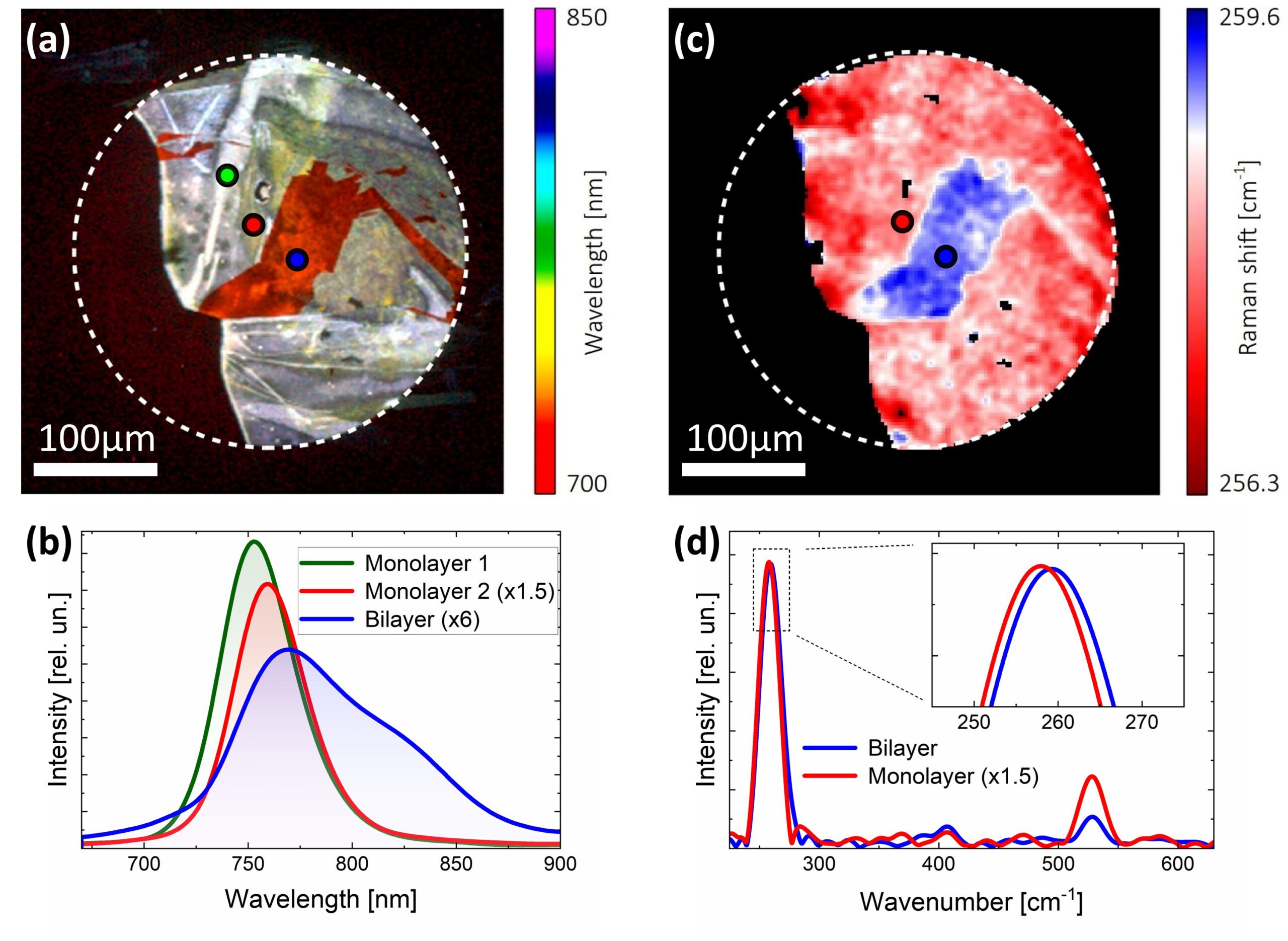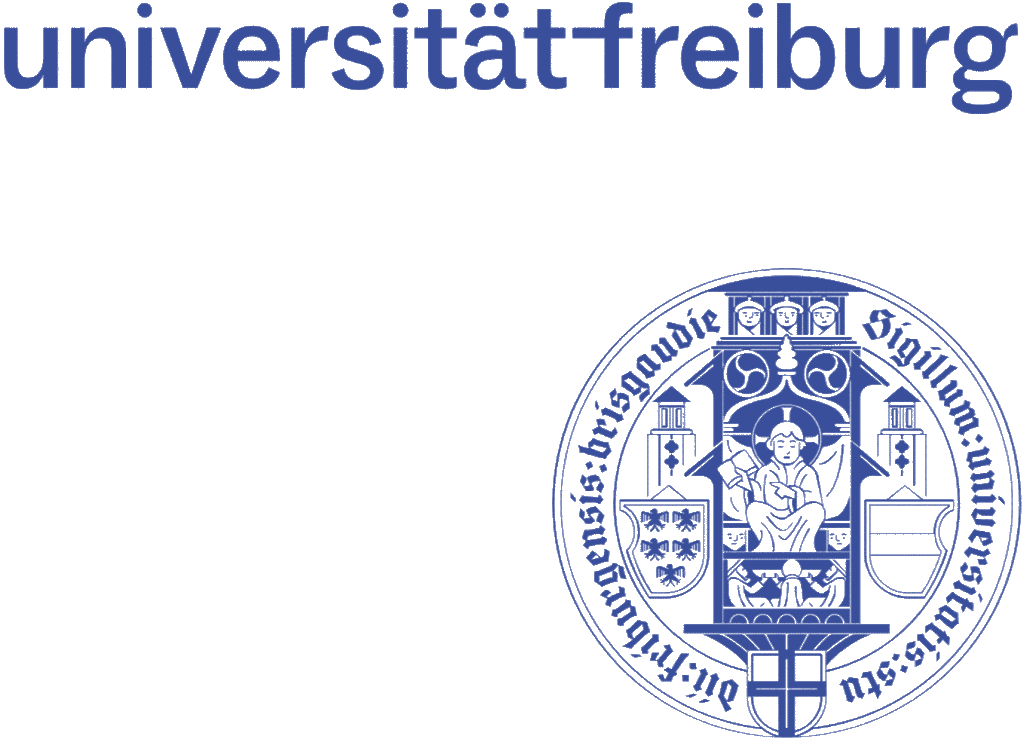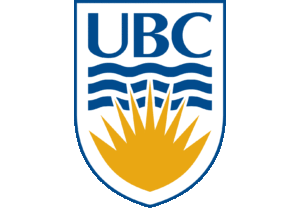09.04.24 – Diego Porras Torre, Madrid, Spain
16.04.24 – Lotar Kurti & Maziyar Kazemi, Freiburg
23.04.24 – Marvin Schmoll, Freiburg
30.04.24 – Cristian Manzoni, IFN-CNR, Milano, Italy
07.05.24 – Jackson Ang’ong’a, Tübingen
14.05.24 – Chiara Lindner, Freiburg
28.05.24 – Franck Lepine, Lyon, France
04.06.24 – Jeremy Rouxel, Argonne National Laboratory (USA)
18.06.24 – Wentao Chen & Ferdinand Bergmeier, Freiburg
02.07.24 – Maxim Gelin, Hangzhou Dianzi University, China
09.07.24 – Paris Tzallas, Heraklion, Greece
16.07.24 – Nishtha Lakhanpal, University of Freiburg
16.07.24 – Nishtha Lakhanpal, University of Freiburg
Characterization of a Gas Electron Multiplier
The Gas Electron Multiplier (GEM) is a highly efficient particle detector known for its superior features. It has been utilized extensively at facilities like CERN. With advancements in technology transfer, GEM foils, essential components of GEM detectors, are now produced by a company in India. These foils have been tested and assembled into a detector prototype. The prototype is useful to understand the various characteristics of the detector. The assembled detectors underwent a series of quality control tests, like a Gas Leakage test and a High Voltage Test; finally gain measurements have been done. An effective gain of 10^5 has been obtained at 700 µA current. Due to its excellent spatial and time resolution, the GEM detector is well-suited for imaging applications. Using the GEM detector, we conducted imaging experiments and worked on improving the resolution of the reconstructed images.
Chair: Bernd von Issendorff
09.07.24 – Paris Tzallas, FORTH / University of Crete, Greece
Generation of non-classical light states using intense laser-matter interactions
In our recent theoretical and experimental investigations [1-5], we have shown how quantum operations in the high harmonic generation (HHG) process induced by strongly laser driven atoms, can lead to the generation of optical Schrödinger „cat“ states. Here, I will describe the operational principle of the approach and how it has been implemented for introducing the optical cat states in non-linear optics [6]. I will also present recent investigations on the applicability of the method in strongly laser driven molecules [8,9] and semiconductors [8,9]. Finally I will close my presentation by saying few words on our recent study on the generation of squeezed light states using intense laser-atom interactions [10].
References
[1] M. Lewenstein, et al., Nat. Phys. 17, 1104 (2021).
[2] J. Rivera-Dean, et al., Phys. Rev. A 105, 033714 (2022).
[3] P. Stammer, et al., Phys. Rev. Lett. 128, 123603 (2022).
[4] P. Stammer, et al., PRX Quantum 4, 010201 (2023).
[5] U. Bhattacharya, et al., Rep. Prog. Phys. 86, 094401 (2023).
[6] Th. Lamprou, et al., arXiv:2306.14480
[7] J. Rivera-Dean et al., PRA 109, 033706 (2024).
[8] J. Rivera-Dean et al., PRB 109, 035203 (2024).
[9] A Nayak et al., arXiv:2405.17949
[10] P Stammer et al., PRL 132, 143603 (2024)
Chair: Giuseppe Sansone
02.07.24 – Maxim Gelin, Hangzhou Dianzi University, China
Novel simulation methods in quantum dynamics and nonlinear spectroscopy
I will give a brief overview of two recently proposed powerful methods for the simulation of dynamic and spectroscopic responses of multidimensional molecular systems.
(i) We have developed an ab initio theoretical framework and protocol for the on-the-fly simulation of femtosecond time-resolved transient-absorption pump-probe, electronic 2D, and visible pump – X-ray probe spectra with quasi-classical trajectories [1]. The simulation protocol is based on the classical approximation to the doorway-window representation of third-order four-wave-mixing signals and accounts for the finite duration and spectral shape of the laser pulses involved.
(ii) We have elaborated a fully quantum, numerically accurate wave function-based approach for the calculation of third-order spectroscopic signals of polyatomic molecules and molecular aggregates at finite temperature [2]. The approach is based on the thermo-field dynamics representation of quantum mechanics and tensor-train machinery for efficient numerical simulation of quantum evolution of systems with many degrees of freedom.
[1] M. F. Gelin, L. Chen, W. Domcke. Chem. Rev. 2022, 122: 17339.
[2] R. Borrelli and M. F. Gelin. WIREs Comput Mol Sci. 2021, e1539.
Chair: Michael Thoss
18.06.24 – Wentao Chen & Ferdinand Bergmeier, University of Freiburg
Wentao Chen
Quantum state resolved crossed molecular beams studies on elementary chemical reactions
Crossed molecular beam method is widely used for the investigation of gas-phase chemical reaction dynamics. This method involves two beams of atoms, radicals or molecules which are collided together. We combined crossed molecular beam apparatus with time-sliced velocity map ion imaging technique and resonance-enhanced multiphoton ionization technique to acquire quantum state-resolved differential cross sections with high angular resolution. In this way, we detected D atom products in H+D2(v=0, j=0)→HD(v’, j’) + D reaction at the collision energy of 1.42eV. Interestingly, as the j′number increases, the peak of the DCS shifts from backward to sideways systematically. This shifting can be explained with the correlation between the product rotational quantum number j′and the specific partial waves.
F(2P3/2)+HD(v=0, j=0)→HF(v’, j’) + D reaction was also investigated in this method. The ro-vibrational quantum state resolved differential cross sections were acquired. In the forward-scattering direction, a peculiar horseshoe-shaped pattern was observed. This dynamics pattern could only be understood properly by the theory when full spin-orbit characteristics were considered. This result showed that the electron spin and orbital angular momenta can affect the detailed structures of the differential cross sections and influence the dynamics of F+HD→HF+D reaction.
Chair: Frank Stienkemeier
—
Ferdinand Bergmeier
From noncollinear optical parametric amplifiers towards multipass cells and high harmonic generation
Noncollinear Optical Parametric Amplifiers (NOPAs) have long been a cornerstone technique for pump-probe measurements in femtosecond spectroscopy. With the advent and growing accessibility of high-energy Ytterbium-based (Yb-based) laser systems, the integration of NOPA pump beams with high harmonic generation (HHG) probe presents a promising opportunity. A deeper understanding of the fundamental principles of NOPAs is essential for optimizing high harmonic generation and novel experimental setups. This talk will explore the foundational concepts of NOPAs, their application in HHG, and the potential for experiments in femtosecond spectroscopy.
Chair: Lukas Bruder
04.06.24 – Jeremy Rouxel, Argonne National Laboratory, Lemont, IL (USA)
Even-order nonlinear optical and X-rays spectroscopies with polarization control
Nonlinear spectroscopies are a powerful tool to explore ultrafast molecular dynamics. Their flexibility can be harnessed to target a specific type of dynamics. Most nonlinear spectroscopies are performed using odd-order perturbative interactions in the incoming fields. The reason for this lies in the fact that even-order techniques vanish in centrosymmetric media or require higher order multipoles. Even-order techniques such as Sum-Frequency Generation have proven useful for probing interfaces but are limited otherwise. However, when the matter is chiral, even-order techniques do not vanish in the electric dipole approximation, enabling strong chiral sensitivity in the bulk and a new window to probe asymmetric molecules.
In this talk, we will first review a perturbative formalism that allows for the description of a wide range of nonlinear optical and X-ray signals, and discuss miscellaneous applications. Then, nonlinear optical and X-ray signals probing molecular chirality will be discussed. Finally, we will present polarization pulse-shaping strategies that can optimized chirality-sensitive signals and map molecular correlation functions.
Chair: Giuseppe Sansone
28.05.24 – Franck Lepine, CNRS, Institut Lumière Matière, Lyon, France
Dynamics in complex (bio-)molecules induced by XUV Attosecond pulse excitation
Attosecond technology and High harmonic generation (HHG)-based light sources have had a major impact in photo-science as they combine the possibility to deliver high energy photons (VUV-XUV-soft X-ray), usually accessible at large scale facilities, with short pulse duration that allows to perform experiments with high time resolution (down to attosecond). Over the past years, we have developed experiments where HHG sources allowed us to track the ultrafast dynamics induced in complex molecules following an XUV excitation. In excited polycyclic aromatic hydrocarbons and diamontoid, we observed how the deposited energy is spread in strongly correlated electronic and vibrational degrees of freedom on femtosecond timescale. Here, we present recent experiments in which we study quantum electron scattering of the photoionized electron in large 2D and 3D molecules. We show that information on the spatial distribution of the hole is imprinted in the measured attosecond delay. Such experiments are also performed in biomolecules. While current attosecond experiments are essentially dedicated to „small“ neutral model molecules, we have recently pioneered the development of combined HHG and analytical chemistry technologies to perform time-resolved experiments in complex molecular ions as large as a protein using HHG light sources, providing information on the first steps following the interaction between ionizing radiation and biomolecules. These experiments demonstrate the possibility to perform experiments in complex biopolymers with attosecond precision and therefore pave the way to multiple time scales understanding of ionization induced processes in complex biomolecules.
Chair: Giuseppe Sansone
14.05.24 – Chiara Lindner, IPM Fraunhofer, Freiburg
Fourier-Transform Infrared Spectroscopy with Visible Light
Infrared spectroscopy is a widely used method for studying and identifying chemical compounds, as molecules absorb light at frequencies characteristic for their structure. A limiting factor, however, are infrared detectors, which are often slower, more expensive, and noisier than detectors for the visible spectral range.
In my research, I work on concepts for high-resolution infrared spectroscopy using visible light detection – based on quantum interference effects of correlated photons. Nonlinear interferometers based on spontaneous parametric down-conversion (SPDC) allow to measure the infrared transmission of a sample by only detecting visible light.
Transforming such a quantum optical experiment into a practical spectrometer poses challenges. In my research, I have found that the spectral information can be read-out in a manner similar to classical Fourier-transform spectroscopy. Based on this concept we were able to demonstrate broadband infrared spectroscopy with high spectral resolution. While technological advancements are a key step towards applications, this concept also illustrates the fundamental relations between indistinguishability, coherence, and spectral composition.
My talk will discuss measurements with correlated photons based on induced coherence and showcase the potential of the Fourier-transform approach and the developments towards improved infrared sensing.
Chair: Giuseppe Sansone
07.05.24 – Jackson Ang’ong’a, University of Tuebingen
A Cryogenic Strontium Quantum Processor
Current quantum computing platforms require hundreds of thousands to millions of physical qubits to perform practical computations. However, scaling up is technically challenging due to the difficulty in reliably addressing a large number of qubits. In our project, we plan to implement a quantum processor using well-isolated nuclear spin states of fermionic strontium-87 atoms trapped in optical tweezers arrays.
To achieve a large number of stable and well-controlled nuclear qubits, we will prepare these atoms in a 4K cryogenic chamber. This will enable long trap lifetimes, reduced decoherence from black-body radiation, and the use of superconducting coils to define stable nuclear qubits. I will discuss the progress made towards this goal and outline future objectives beyond the realization of the cryogenic strontium quantum processor.
Chair: Andreas Buchleitner
30.04.24 – Cristian Manzoni, IFN-CNR, Milano, Italy
A High-throughput multimodal wide-field Fourier-transform Raman microscope
Raman microscopy is a powerful analytical technique for materials and life sciences that enables mapping the spatial distribution of the chemical composition of a sample. State-of-the-art Raman microscopes, based on point-scanning frequency-domain detection, have long (∼1 s) pixel dwell times, making it challenging to acquire images of a significant area (e.g., 100 × 100 μm).
In this talk we will present an innovative compact wide-field Raman microscope based on a time-domain Fourier-transform approach, entirely developed at CNR and Politecnico di Milano (Italy). The novel system enables parallel acquisition of the Raman spectra on all pixels of a 2D detector. To this aim, we developed a common-path birefringent interferometer, which provides exceptional delay stability and reproducibility, and can rapidly acquire Raman maps (∼30 min for a 250 000 pixel image) with high spatial (<1 μm) and spectral (∼23 cm−1 ) resolutions.
We will explore how time-domain detection offers the unique advantage of disentangling fluorescence and Raman signals, which can both be measured separately. We validate the system by Raman imaging plastic microbeads and demonstrate its multimodal operation by capturing fluorescence and Raman maps of a multilayer-WSe2 sample (See Fig. 1), providing complementary information on the strain and number of layers of the material.
Figure 1: Florescence and Raman image of WSe2. (a) False-color RGB image obtained from the fluorescence map. Three circles indicate three selected regions of interest (ROIs) on 1-layer (1L, green and red) and 2-layer (2L, blue) WSe2. (b) Fluorescence spectra of selected ROIs in (a). (c) Peak map of the A1g Raman mode. Two circles indicate one ROI on 1L (red) and one ROI on 2L (blue). (d) Raman spectra of selected ROIs in (c). The inset shows a zoom of the peak.
Chair: Lukas Bruder
23.04.24 – Marvin Schmoll, Freiburg
Two-color high order harmonic generation
High order harmonic generation (HHG) using infrared driving fields has become a staple of experimental physics as it enables the creation of trains of attosecond pulses in the extreme ultraviolet (XUV) spectral region. Incorporating a weak second harmonic into the generation process has shown promise in enhancing harmonic yield and extending available frequencies, which is why this configuration is increasingly being explored. This talk presents the process of two-color HHG studied at two different setups both utilizing a Yb:KGW laser as light source.
In the first setup, a Mach-Zehnder-like interferometric arrangement, enhanced by Spatial Light Modulators (SLMs) in each arm, was employed. An active phase stabilization system running at 20 Hz was developed using the SLMs, achieving a delay stability of 0.2 rad. This stability proved enough to verify the dependence of harmonic yield on the relative phase between fundamental and second harmonic.
The second setup was built in collinear geometry presenting excellent passive delay stability. With its help, the yield oscillations could be studied further and a dependence of their phase on the harmonic order was uncovered. This beamline also includes a collinear delay line for XUV-pump IR-probe photoelectron spectroscopy in atomic and molecular targets at 50 kHz repetition rate. Said beamline was used for first test measurements in Argon. Clear delay dependent oscillations with the period of the IR field could be observed, opening the possibility for studies in more complicated targets.Chair: Barbara Merzuk (AG Sansone)
16.04.24 – Lotar Kurti & Maziyar Kazemi, Freiburg
Time: 4:30 pm // Place: Lecture Hall 2
Lotar Kurti
A study of juniper berries from different areas of Albania by Infrared Spectroscopy
Oil extracted from different types of Juniper berries were studied using a Fourier-Transform Infrared Spectrometer (FTIR, NICOLET 6700). To obtain the juniper oil we have used the Clevenger method. The FTIR spectra show several characteristic absorptions, for example at about 2900 cm-1 as well as at 1460 cm-1 and 1380 cm-1, which will be discussed. It was found that while the oil composition is quite the same in juniper Communis (black) and juniper Oxycedrus (red), the concentration of the main compounds in red juniper is 20 times smaller than in the black one.
Chair: Bernd von Issendorff
Maziyar Kazemi
Synthesis and investigation of electrochemical properties of nanostructured BiVO4-WO3 thin films.
In recent years, because of global warming caused by CO2 emission, many approaches have been developed to replace fossil fuels. Photoelectrochemical (PEC) hydrogen production through water splitting, as invented by Fujishima in 1972, is one of the most promising methods. Since then, numerous materials, such as ZnO, TiO2, CdS, Fe2O3, have been investigated as photocatalyst candidates for hydrogen production. Among these compounds, Bi-based materials have attracted a lot of attention recently due to their small band gap. We have developed a new technique with the potential to prepare BiVO4 thin films with high stability, excellent uniformity, and adhesion on a large scale in an economical manner. Namely we have introduced a hot-spin coating technique (HSC) and optimized its parameters systematically.
Chair: Bernd von Issendorff
09.04.24 – Diego Porras Torre, Institute of Theoretical Physics, CSIC, Madrid, Spain
Time: 4:30 pm // Place: Lecture Hall 2
Trapped ion quantum simulators
Trapped ion chains are ideal quantum systems to engineer effective particle-particle interactions and prepare complex quantum states. I will show how to use basic tools from atomic physics to induce spin-phonon couplings that induce quantum magnetic phases. I will also show the analogy between vibrational modes in trapped ions and photonic modes in waveguides. By using this analogy one can induce exciting quantum phenomena in the motion of ions, including topological and amplification effects.
Chair: Tobias Schaetz




